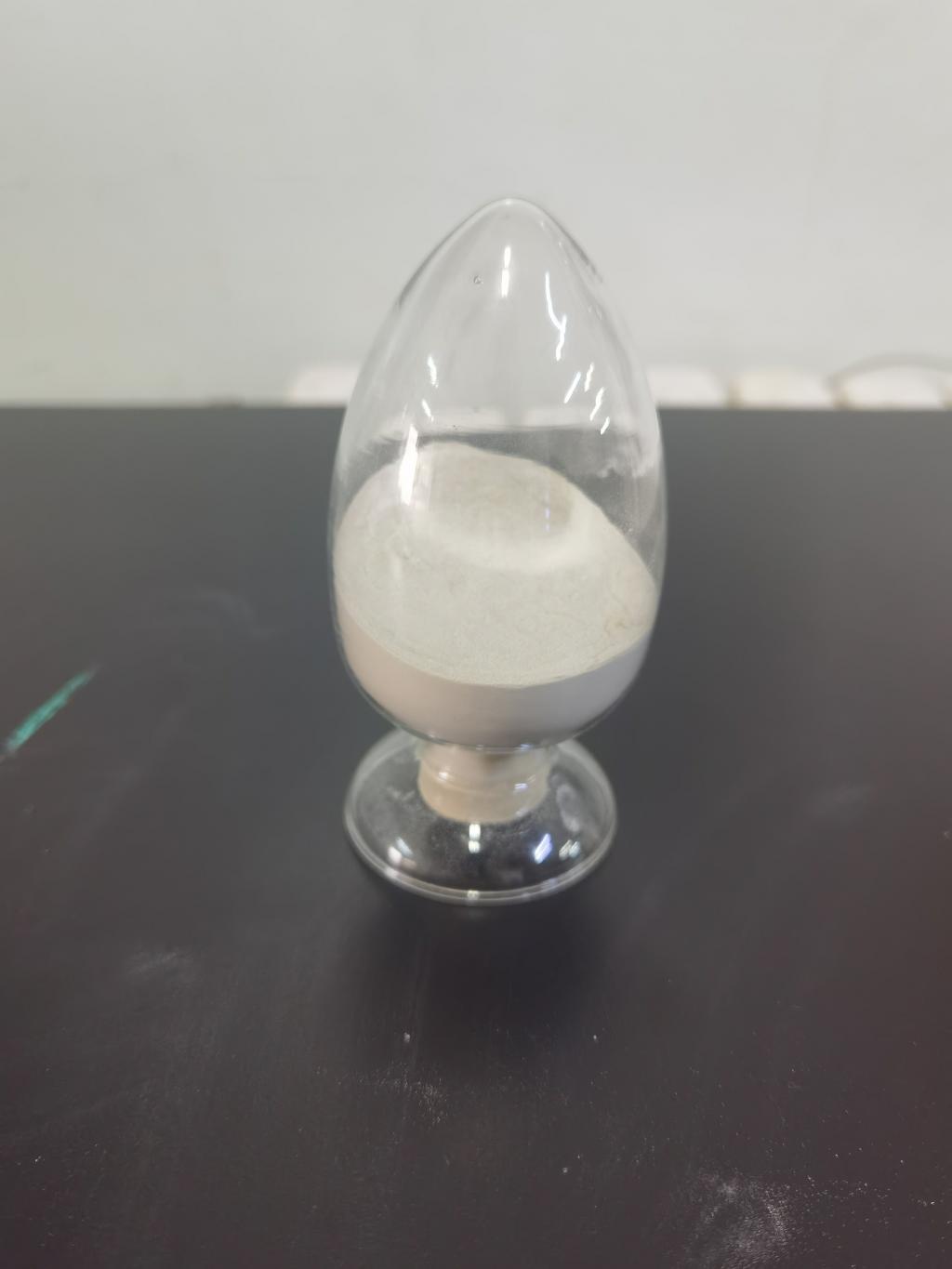Tel:+8618231198596

News
 CONTACT
CONTACT
 CONTACT
CONTACT
- Linkman:Linda Yao
- Tel: +8618231198596
- Email:linda.yao@dcpharma.cn
- Linkman:CHARLES.WANG
- Department:Overseas
- Tel: 0086 0311-85537378 0086 0311-85539701
News
Nisin: Revolutionizing Food Safety with a Natural Preservative
TIME:2024-01-03
Understanding Nisin:
Nisin is a bacteriocin, a type of antimicrobial peptide, produced by certain strains of lactic acid bacteria, notably Lactococcus lactis. Discovered in the early 20th century, nisin has gained recognition for its potent antibacterial properties, making it a valuable tool in preserving the safety and integrity of various food products.
Mechanism of Action:
To comprehend nisin's revolutionary impact on food safety, it's crucial to delve into its mechanism of action. Nisin works by disrupting the cell walls of susceptible bacteria, leading to their death. This selective antimicrobial activity makes it effective against a broad spectrum of bacteria, including some that are responsible for foodborne illnesses. Importantly, this mechanism is distinct from traditional preservatives, offering a natural alternative in the quest for safer food preservation methods.
Nisin's Safety Profile:
One of the key factors contributing to nisin's revolutionary status in food safety is its impeccable safety profile. Rigorous studies and evaluations by regulatory authorities worldwide have deemed nisin safe for human consumption. Its natural origin and targeted action against bacteria, without affecting mammalian cells, make it an ideal candidate for ensuring food safety without compromising on health.
Applications in Processed Foods:
Nisin's journey into the realm of processed foods has been transformative. It is commonly used as a preservative in a variety of products, including dairy items, canned goods, and meat products. Its effectiveness in preventing the growth of spoilage bacteria and pathogens has played a crucial role in extending the shelf life of these products, contributing to food safety on a global scale.
Role in Minimizing Food Waste:
The revolutionary impact of nisin extends beyond food safety to address the global issue of food waste. By preventing the growth of spoilage microorganisms, nisin significantly extends the shelf life of perishable products. This reduction in food waste not only has economic implications but also aligns with sustainable practices, making nisin a valuable ally in the fight against food scarcity and environmental degradation.
Nisin in Fresh Produce Preservation:
The challenges of preserving fresh produce without compromising its nutritional value have long perplexed the food industry. Nisin, with its natural and selective antimicrobial properties, offers a solution. Its application in preserving fruits and vegetables not only enhances food safety but also addresses the need for natural preservation methods that resonate with health-conscious consumers.
Combating Foodborne Pathogens:
Foodborne illnesses pose a significant threat to public health globally. Nisin's efficacy against a variety of bacteria, including some known foodborne pathogens, positions it as a formidable weapon in the battle against these threats. From reducing the risk of contamination in processed meats to enhancing the safety of ready-to-eat foods, nisin plays a pivotal role in safeguarding consumers from foodborne diseases.
Nisin's Synergy with Clean Label Movement:
Consumers today are increasingly drawn to clean label products – those with minimal and recognizable ingredients. Nisin's natural origin aligns seamlessly with the clean label movement, providing manufacturers with a preservative that meets the demand for transparency in ingredient lists. This synergy contributes to the overall shift towards healthier and more natural food choices.
Future Innovations in Food Safety:
The trajectory of nisin in revolutionizing food safety is marked by continuous innovation. Researchers and food technologists are exploring new applications, dosage optimization, and delivery systems to enhance nisin's effectiveness. The integration of cutting-edge technologies, such as nanotechnology and encapsulation, holds promise in expanding the scope of nisin's impact on food safety in the years to come.
Consumer Awareness and Education:
For the revolution initiated by nisin to reach its full potential, consumer awareness and education are imperative. Transparent communication about nisin's safety, benefits, and role in sustainable food practices will empower consumers to make informed choices. Health education campaigns can dispel myths, address concerns, and foster a positive perception of nisin as a natural preservative contributing to safer and healthier food options.
Conclusion:
Nisin's journey from a discovered bacteriocin to a revolutionary force in food safety showcases the power of natural preservatives in shaping the future of the food industry. Its selective antimicrobial action, impeccable safety profile, and diverse applications position nisin as a cornerstone in the quest for safer and more sustainable food preservation methods. As the world grapples with the challenges of ensuring food safety, nisin stands out as a beacon of innovation, offering a natural and effective solution that transcends traditional preservative approaches. The ongoing research, collaboration, and consumer education surrounding nisin signify a promising era where food safety is not just a priority but a revolution guided by science, sustainability, and a commitment to nourishing communities worldwide.
- Tel:+8618231198596
- Whatsapp:18231198596
- Chat With Skype







